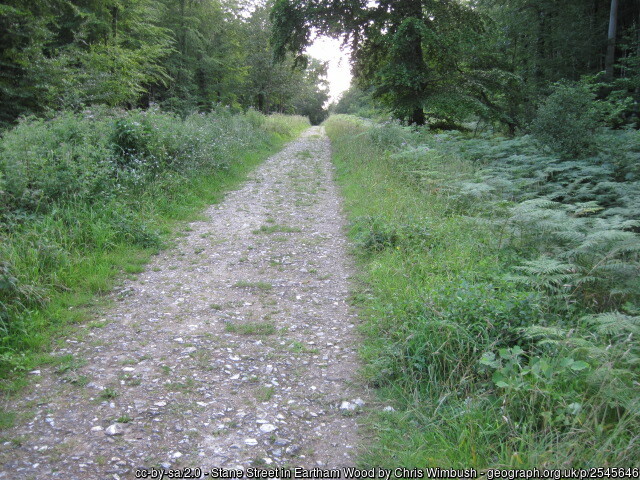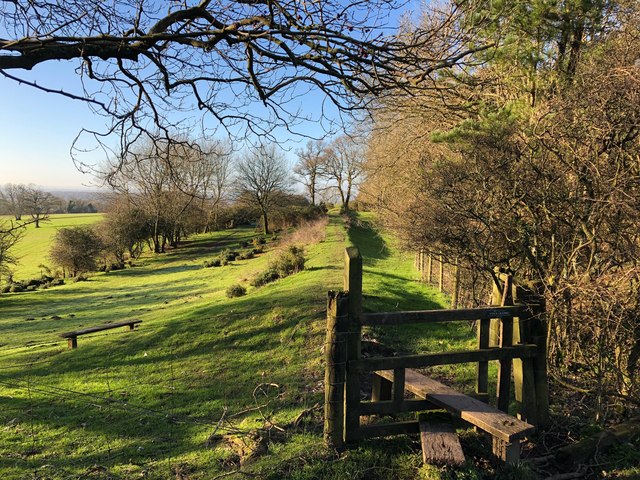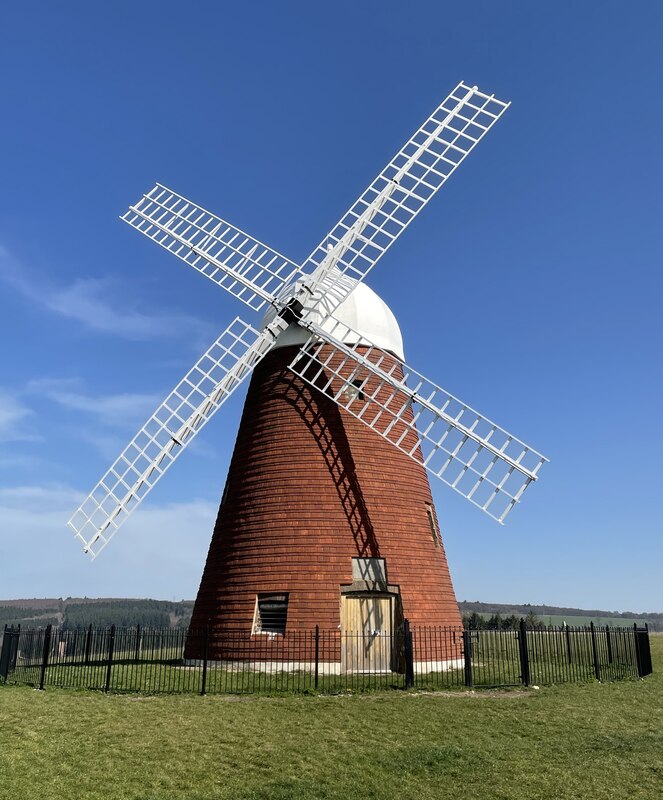
There’s mystery and history wrapped within this strange Sussex pathway. Are there any Hobbits here? We can see that the Romans were here, but archaeology has revealed that history goes deeper in these South Downs.
Sussex Voices from the Past
We feel comfortably enclosed in the bowels of this tunnel in a living green embrace. The child in us intrigued to enter and explore, drawn by that light at the end. This is the south-western end of Mill Lane at Halnaker, an ancient holloway with sunken path enclosed by banks and overgrown by trees.
We listen in case we can hear secret whispers in a magical, fairy-tale place like this. We could easily be in the Shire in Tolkien’s Middle Earth expecting to bump into a hobbit any moment!
But there is more than meets the eye here, for we are walking through layers of real history in this strange place. ‘A walk is only a step away from a story, and every path tells‘, writes Robert Macfarlane. This one certainly does. It could well have featured in his book ‘Old Paths’. This is certainly one of those.
Can we hear something else here – the sound of tramping boots, the creaking of cart wheels and the snorting of horses? Not the hobbits on the move, but one of the Roman legions marching past. This lane follows an ancient track along the route of Stane Street, the Roman road from Chichester to London.

Roman Stane Street
Stane Street begins in the Roman city of Noviomagus Reginorum, or Regnentium, later renamed Chichester by the Saxons. Chichester, with its ample and sheltered harbour nearby, was an easy entry point into Britain. The early spire of the 12th century Cathedral, can be seen from miles around, a great vantage point for its resident peregrine falcons that have just returned to the cathedral for another nesting season.

Further on, Stane Street passes through Eartham Wood. Were some of these stones trodden by those Roman feet? The road was full of purpose, power and determination. Rome meant business, she was on the march while Britannia waited open, vulnerable and ripe for conquest!
For a mile or two here this road is joined by the ‘Monarch’s Way‘, a footpath along the South Downs following the escape route of the future king Charles II after defeat at the battle of Worcester. His rescue ship was waiting at Shoreham to take him to France.
But the layers of embedded history deepen. All over these chalk downs, formed in ‘deep time’ past, Neolithic earthworks and flint mines dot the landscape. Just NE of the nearby ruins of early 12th century Boxgrove priory is Eartham Pit where the remains of ‘boxgrove man‘ were discovered 30 years ago. This is one of the oldest human remains ever found in Britain.

Stane Street was in places 24 feet wide with large ditches each side up to 80 feet apart. A vast undertaking. In this section you can still clearly see the deep agger (slope/camber) on one side of the road, the other side is now engulfed in trees. This was one of the first roads to be built about 68 to 70 A.D. An amazing achievement, built on a straight line from Chichester to London Bridge, never deviating more than 6 miles from the direct route. You can clearly see this track on the Ordnance Survey map, part of it is followed by modern roads. Further on over the downs the road passes Bignor Roman villa.

The Battle of Britain
Back at Mill Lane, a few hundred yards on, a left hand path takes us up to Halnaker Hill with its restored 1750’s windmill, a scheduled Neolithic earthworks and remains of a World War 2 radar tracking station.
Rome may have found easy entry, but in 1940 when another invader threatened, Britain was prepared. This and other radar tracking stations enabled Churchill’s brave ‘few‘ to take off from airfields like Tangmere (2 miles south of here) in their Spitfire and Hurricane aircraft to stop Hitler’s Luftwaffe. Their victorious Battle of Britain, fought in these skies over Sussex and Kent, was a turning-point in the War.
Once again we have been grateful to God that we are an island people surrounded by sea:
This fortress built by Nature for herself
From John of Gaunt’s speech in Shakespeare’s ‘Richard II’
Against infection and the hand of war,
This happy breed of men, this little world,
This precious stone set in the silver sea,
Which serves it in the office of a wall,
Or as a moat defensive to a house,
A lovely, evocative, piece Richard. My father used to mention Halnaker often, though I never visited with him. It is a fascinating, and beautiful, part of the world. The spire of Chichester cathedral was a landmark when cycling.
LikeLike
Thanks, Mike. Your father was a discerning walker. This must have been a great place to explore on cycle before today’s heavy traffic. The Romans chose wisely and well – warm, sunny Chichester must have suited them.
LikeLike
I have recently enjoyed this walk from Boxgrove Priory to Halnaker and the around by the vineyard and I’m doing it again over the weekend. A wonderful view from the Mill and walking through the tunnel of trees on the way.
Many thanks for your post
Ina
LikeLike
I see you are another discerning walker, Ina. There are so many great walks on these lovely downs, Enjoy the walk at the week-end. Keep walking!
Richard
LikeLike
Beautiful. Can’t wait to find it!
LikeLike
Hope you enjoy it, Sandra. Watch out for those hobbits!
LikeLike
This certainly looks and sounds like a landscape full of history and atmosphere Richard.
LikeLike
It is indeed, Andrea. A span of thousands of years. We are not the first to love these downs.
LikeLiked by 1 person